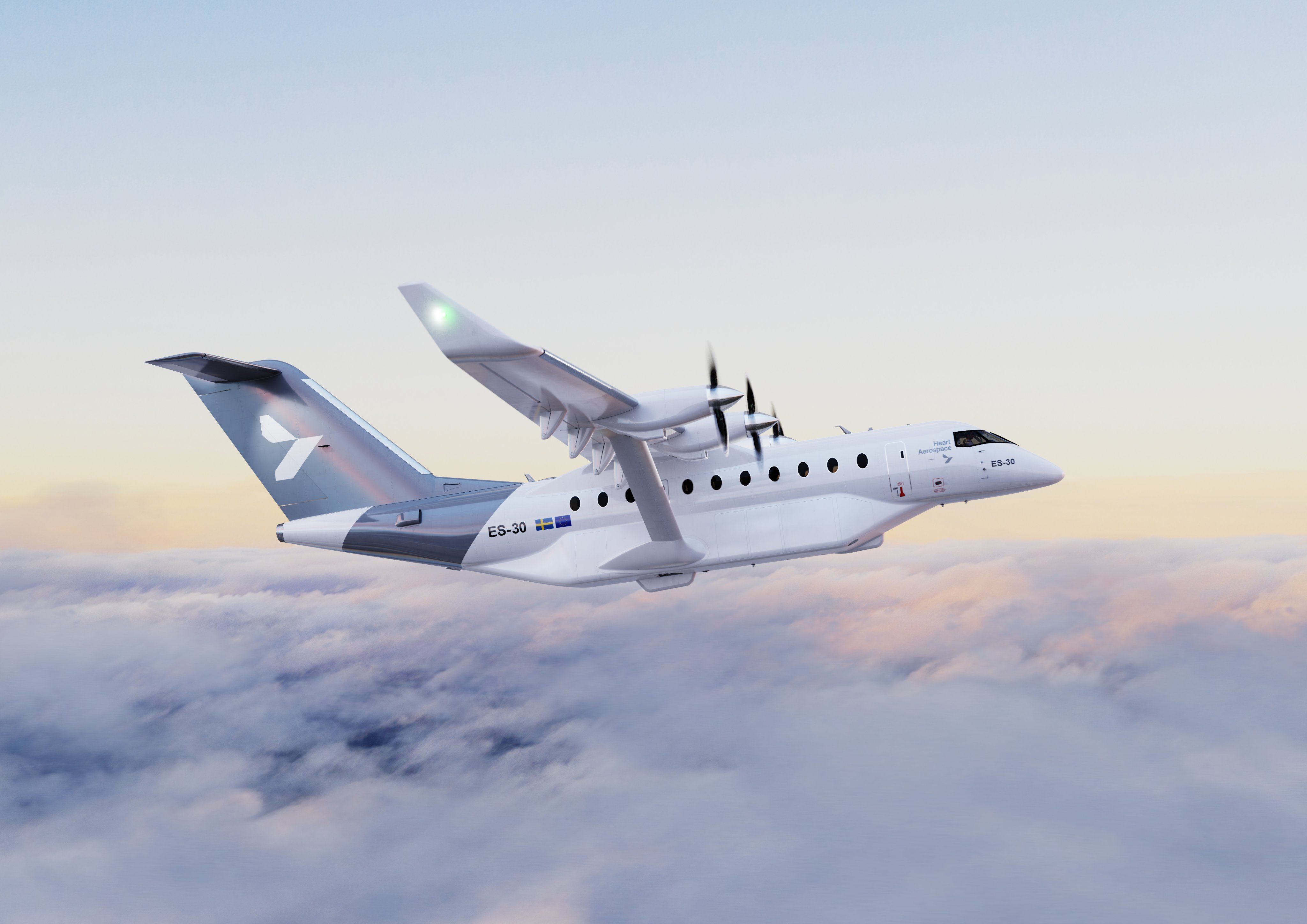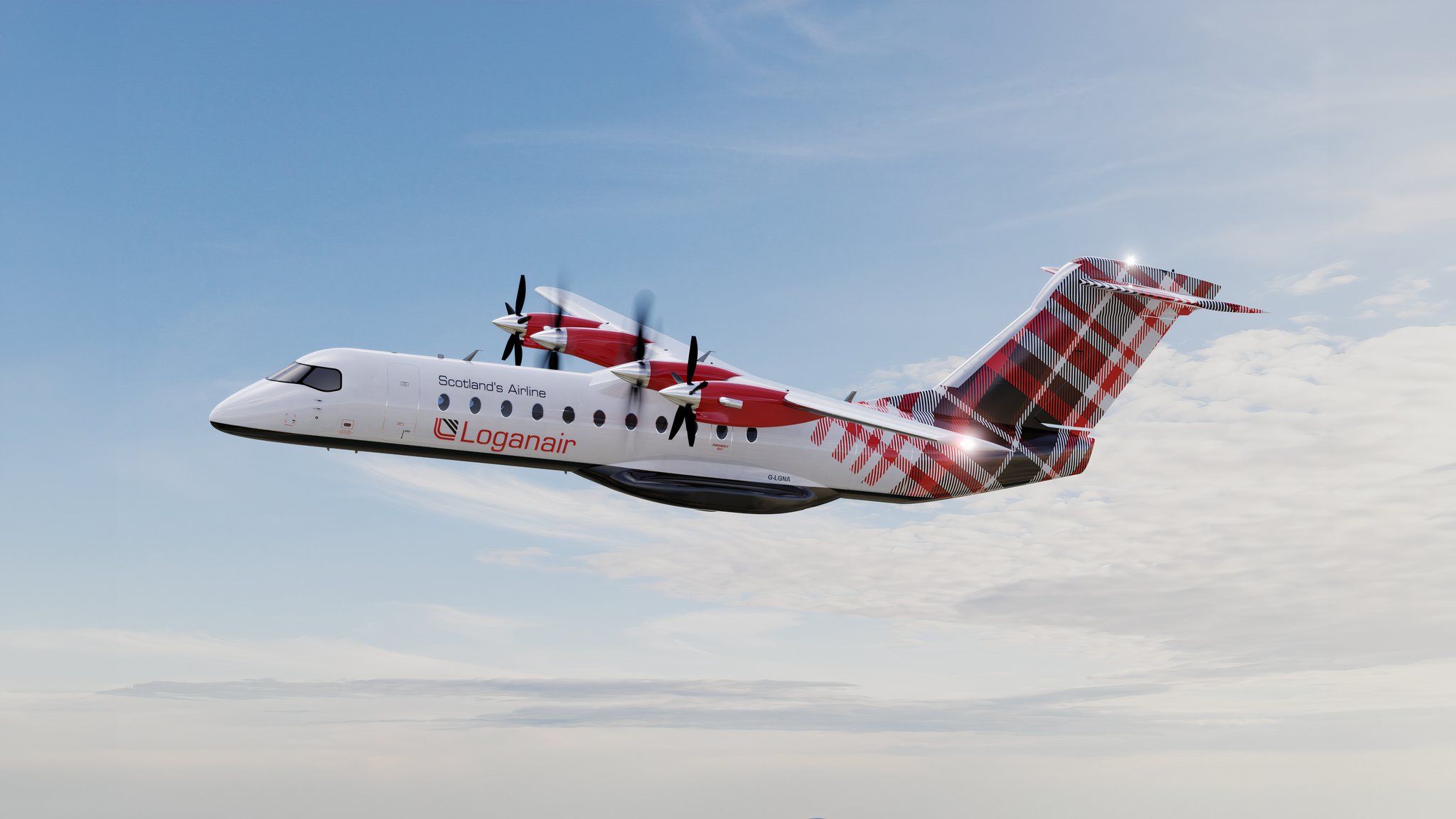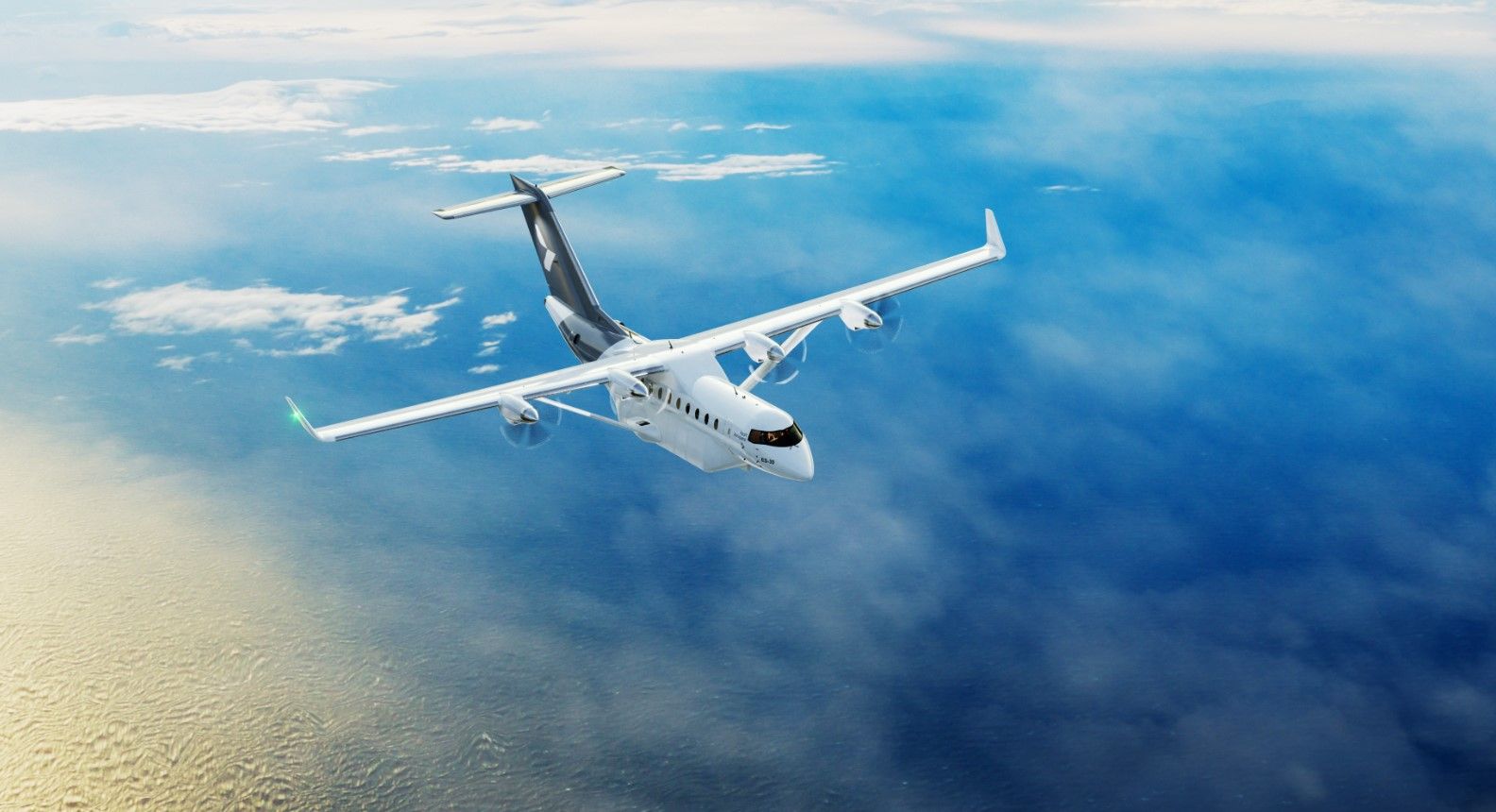Summary
- Heart Aerospace’s ES-30 offers a hybrid-electric design, reducing emissions significantly compared to traditional jets, and driving sustainability.
- The ES-30’s key features include flexibility, cutting fuel usage and emissions, offering airlines cost-efficient regional connectivity.
- Partnership with Loganair demonstrates the ES-30’s potential for decarbonizing regional air travel, securing a cleaner, greener future.
As the aviation industry intensifies its quest for sustainability, Swedish aerospace startup Heart Aerospace
has emerged as a leader in hybrid-electric aircraft development. With its ES-30 aircraft, Heart Aerospace is aiming to revolutionize regional aviation by introducing a hybrid-electric solution that drastically reduces emissions, improves cost efficiency, and revitalizes short-haul air travel. The ES-30 has attracted significant industry attention and partnerships, such as the one with the UK’s largest regional airline, Loganair, positioning the aircraft at the forefront of next-generation regional air travel.
Heart Aerospace’s vision and the ES-30
Founded in 2018, Heart Aerospace’s goal is to make sustainable regional aviation the norm. At the heart of this effort is the ES-30, a 30-seat hybrid-electric aircraft designed for short to medium-haul flights. Its innovative propulsion system allows for both fully electric and hybrid-electric operations, positioning the aircraft as a more sustainable option for airlines aiming to reduce their carbon footprint.
Photo: Heart Aerospace
Key features of the ES-30
The ES-30 offers several impressive capabilities. According to the manufacturer:
- Fully electric range of 200 kilometers with 30 passengers plus 25kg of luggage per passenger.
- Hybrid flexibility to fly 800 kilometers with 25 passengers plus 25kg of luggage per passenger.
- Significant reduction in fuel consumption and emissions, compared to 50 passenger regional jets.
The aircraft offers an excellent balance between sustainability and practicality, providing airlines with the ability to serve regional routes in an environmentally conscious manner. Moreover, its operating cost efficiency, driven by reduced fuel consumption, makes it ideal for smaller, short-haul routes that have historically been challenging to operate profitably.
The economic and environmental case for the ES-30
The environmental impact of aviation is under increasing scrutiny, particularly for regional routes that are often perceived as inefficient due to the short distances and high emissions per passenger. The ES-30 addresses this challenge directly by creating zero emissions during fully electric operations, and significantly reduced emissions during hybrid-electric flights.
ES
Photo: Air Canada
Additionally, the economic case for the ES-30 is compelling. Traditional aircraft operating on short routes can be expensive to maintain due to high fuel costs per passenger, per mile, which impacts the profitability of regional airlines. By switching to hybrid-electric propulsion, airlines can reduce operating costs through less reliance on jet fuel. Furthermore, the simplicity of electric propulsion systems means lower maintenance costs over time.
For airlines, this shift to hybrid-electric technology could reopen previously abandoned routes, boosting regional connectivity in areas that have lost air services due to economic infeasibility. In the long term, the ES-30 has the potential to make regional air travel both more economically viable and more environmentally sustainable.
Partnership with Loganair: a milestone for hybrid-electric aviation
One of the most exciting developments surrounding the ES-30 is the exclusive partnership between Heart Aerospace and Loganair. Announced in September 2024, this collaboration focuses on decarbonizing regional air travel across the UK, with Loganair looking to incorporate hybrid-electric aircraft into its fleet as part of its goal to achieve net-zero emissions by 2040.
“This exclusive collaboration with Heart Aerospace brings together two organisations who share a passion to see aviation emissions reduce in a realistic and meaningful way,” said Luke Farajallah, CEO of Loganair
Loganair is the largest regional airline in the UK and operates an extensive network of flights, particularly in remote regions of Scotland, where air travel is vital for connecting communities. The ES-30 could play an important role in these operations by offering a greener, more cost-efficient alternative for short-haul flights.
Photo: Heart Aerospace
According to Heart Aerospace, this partnership will also involve engagement with government entities and other stakeholders to ensure that hybrid-electric aviation can actually become a reality. Together, Heart Aerospace and Loganair aim to pioneer sustainable solutions for the future of regional air travel, setting a blueprint for other airlines to follow.
The ES-30’s hybrid-electric design
The hybrid-electric design of the ES-30 is what sets it apart from conventional aircraft. Initially, Heart Aerospace envisioned a strut-braced wing design with a large under-fuselage battery compartment. However, the company has now switched to a simpler, more cost-effective hybrid propulsion system. The current design combines off-the-shelf turboprops and electric motors mounted on the same wing. This system allows for a fully electric range of up to 108 nautical miles (200 kilometers), with the turboprops extending the range as needed.
Photo: Heart Aerospace
Key benefits of the ES-30
The benefits that this new aircraft could offer operators are numerous. According to Flight Global:
- Hybrid propulsion: The new configuration utilizes a pair of small turboprop engines mounted outboard and electric motors inboard. This design eliminates the previously planned turbogenerator, reducing complexity and increasing reliability.
- Improved efficiency: The elimination of the strut-braced wing and under-fuselage battery bay reduces drag, while moving the battery pack to the rear fuselage improves crashworthiness.
- Operational flexibility: The feathered turboprops remain inactive during all-electric flight but can be activated to extend range during the cruise phase, ensuring the aircraft can handle a variety of route lengths.
This design offers flexibility for airlines to operate the ES-30 on a wide variety of routes, from short island hops to longer regional flights. It also supports the aviation industry’s broader push towards electrification, providing an operational framework that could potentially serve as a model for future electric aircraft.
Industry and market reception
The aviation industry has been quick to recognize the potential of Heart Aerospace’s ES-30. The company has received 250 firm orders for the aircraft, with options and letters of intent for an additional 311 planes. Notably, major airlines such as United Airlines and Mesa Air Group have invested in and ordered the ES-30, signaling strong confidence in the aircraft’s capabilities and market appeal.
In addition to backing from airlines, Heart Aerospace has attracted investment from high-profile sources, including Breakthrough Energy Ventures, a fund founded by Bill Gates focused on supporting companies that can help reduce global emissions. According to AviTrader, these investments underscore the broader interest in hybrid-electric aviation as a key solution for achieving sustainability goals within the industry.
Wrapping It Up
Heart Aerospace’s ES-30 represents a major leap forward in the journey toward sustainable regional aviation. With its hybrid-electric propulsion system, cost-saving potential, and strong industry partnerships, the ES-30 is set to redefine the future of regional air travel. By collaborating with airlines like Loganair, Heart Aerospace is proving that cleaner, more efficient air travel is not just a dream but an achievable reality. As more airlines and governments prioritize sustainability, the ES-30 offers a practical solution for reducing emissions while maintaining the crucial connectivity that regional aviation provides.





